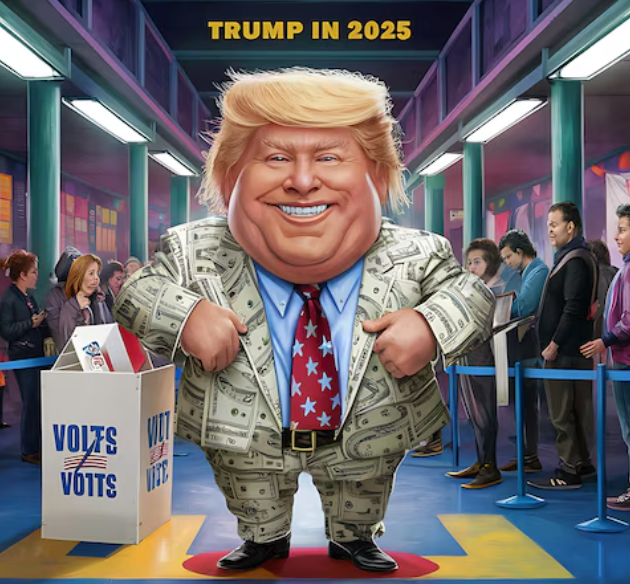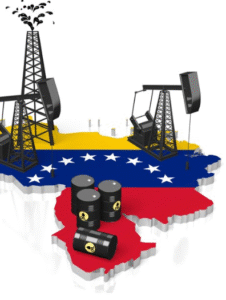$XLE $OIH $BTC
#OilPrices #GasForecasting #EnergyMarkets #TrumpPolicy #OilDemand #GasSupply #EnergyOutlook #FossilFuels #CrudeOil #PriceForecast #EnergyInvesting #MarketTrends
Enverus Intelligence® Research (EIR) recently unveiled its latest Fundamental Edge report, shedding light on shifting dynamics in the oil and gas sector as global markets brace for potential political and economic disruptions, particularly in light of Donald Trump’s potential return to office. The report delves into global oil and gas price drivers through 2030 and assesses the complex interplay between supply, demand, and geopolitical influence. Experts argue that Trump’s policies, especially regarding deregulation and energy independence, could significantly impact energy markets by reducing government constraints on fossil fuel exploration, production, and exportation. His return could revive policies that prioritize the U.S. strategic advantage in energy markets, exerting downward pressure on global oil prices while bolstering domestic production.
The report highlights a cautious but optimistic outlook for oil and gas demand through 2030, underscored by a shifting balance between renewable energy adoption and continued dependence on fossil fuels. Oil prices, currently hovering around $85 per barrel, reflect tight global supplies and OPEC+ production restraint. However, an aggressive pivot in U.S. energy policy could disrupt these dynamics. Should Trump implement policies that escalate U.S. production, a near-term glut could emerge, destabilizing markets as supply outpaces demand. Conversely, global economic stagnation, inflationary pressures, and geopolitical shocks such as changes to sanctions on Russia and Iran could spur renewed volatility for both crude oil and natural gas prices. Investors are, therefore, weighing both short-term fluctuations and long-term structural trends when allocating capital to energy markets.
Market participants should also consider the medium-term implications for the supply chain and infrastructure development. Trump’s historical support for pipeline projects and LNG (Liquefied Natural Gas) exports could bolster U.S. export capacity, expanding its foothold in global markets. This, in turn, represents an opportunity for energy investors, particularly in sectors tied to midstream capital spending and oilfield services, such as companies represented in energy-focused ETFs like $XLE and $OIH. Yet, concerns linger that deregulation could exacerbate environmental risks, increasing associated costs or turning public sentiment against fossil fuels. These structural challenges could jeopardize the long-term profitability of heavily exposed companies, requiring investors to remain vigilant in balancing risk and reward within energy portfolios.
Enverus also signals critical uncertainties surrounding energy demand, particularly from emerging economies like India and China, where population growth and industrialization continue to drive consumption. Meanwhile, regulatory shifts in Europe, including bans and taxes on internal combustion engine vehicles and further advancements in renewable energy technologies, are expected to lower future demand for crude oil. As such, the global push toward decarbonization plays a key role in determining price dynamics over the next decade. Despite fossil fuels remaining a cornerstone of the global energy system, the rate at which greener alternatives gain traction could be accelerated or delayed depending on leadership in the U.S. and other major markets. As investors consider their exposure to energy assets, maintaining flexibility and diversification within portfolios may prove critical in navigating these rapidly evolving macroeconomic and political landscapes.











Comments are closed.